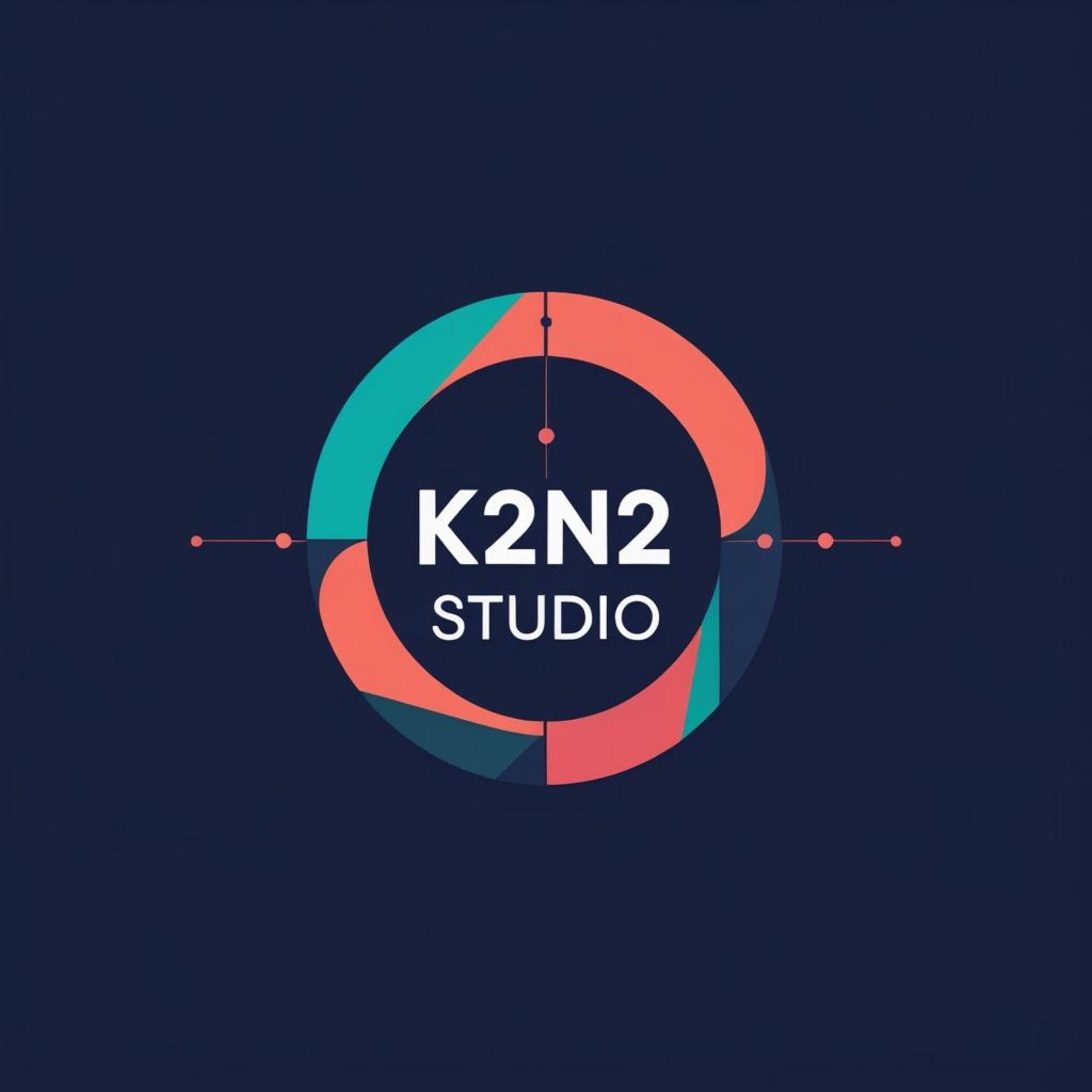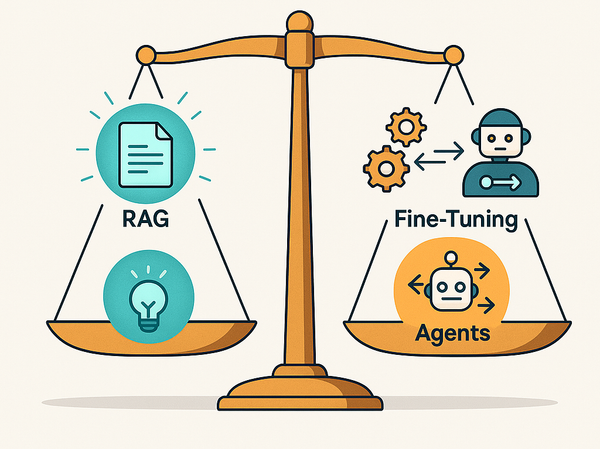Stop Collecting AI Tools. Start Solving Problems.

Part 1 of The Executive's AI Arsenal: Your 2025 Decision Guide
📖 Reading Time: 4 minutes
The AI Pilot Graveyard
Every leader has seen it. The conference room demo where ChatGPT writes a perfect marketing email in 30 seconds. The boardroom buzz about "revolutionary productivity gains." The budget approval for that AI pilot program.
Then... silence.
Six months later, the tools sit unused. Teams revert to old habits. The ROI never materializes. Another AI initiative joins the pilot graveyard.
Here's what separates the winners from the casualties: measurement beats excitement, every time.

McKinsey's latest research reveals that 97% of AI tools never make it past the pilot phase. The companies in that elite 3%? They didn't start with the sexiest tools—they started with their ugliest problems.
It's not about the technology you choose. It's about how you choose it.
The Four Business Breaking Points
Walk into any executive team meeting, and you'll hear variations of the same four complaints. These aren't technology problems—they're business problems that technology can solve.
Breaking Point #1: "We're Drowning in Information"
Sarah, a strategy VP at a mid-market consulting firm, spent last Sunday reading three 200-page industry reports for Monday's client meeting. Sound familiar?

You know you're here when:
- Board decks consume entire weekends of research and writing
- RFPs gather digital dust because nobody wants to wade through them
- Your "competitive intelligence" is whatever someone Googled last month
- Executive briefings require 40+ hours of research for a 20-minute presentation
The hidden cost: Deloitte found that executives spend 41% of their time on tasks that could be automated, with research and analysis leading the pack. That's two full days per week lost to information processing instead of decision-making.
What success looks like: Board briefs completed in minutes instead of hours. Complex RFPs analyzed and summarized while you grab coffee. Competitive intelligence that updates itself.
Breaking Point #2: "We're Stuck in Operational Quicksand"
Tom runs operations for a 150-person tech company. His team spends more time writing status updates than actually updating status. Every meeting spawns three follow-up meetings. Simple requests become complex deliverables.

You know you're here when:
- Meetings generate more meetings than actual decisions
- "Quick updates" somehow require 3+ hours of writing and formatting
- Your best people spend more time documenting work than doing work
- Status reports take longer to create than the work they're reporting on
- Simple processes require 5+ approvals and 3+ systems
The hidden cost: Harvard Business Review's research shows knowledge workers spend 60% of their time on "work about work" rather than core strategic tasks. Your highest-paid talent is drowning in administrative overhead instead of driving growth.
What success looks like: Reports that write themselves. Meeting notes that auto-generate action items. Documentation that stays current without manual updates.
Breaking Point #3: "Creative Work Has Become a Bottleneck"
Maria leads marketing for a fast-growing startup. Last quarter, they missed two campaign launches because creating decks and visuals took longer than planning the actual strategy.

You know you're here when:
- Deck creation consumes entire weekends (and you're not even the designer)
- "We need visuals" translates to "call the agency and wait two weeks"
- Video content requires camera crews, month-long timelines, and budget battles
- Your marketing calendar is driven by design capacity, not strategic priorities
- Client presentations look the same because custom visuals are "too expensive"
The hidden cost: Adobe's Future of Work study revealed that creative teams spend 73% of their time on production tasks and only 27% on actual creative strategy. Your marketing brain trust is stuck in PowerPoint instead of building campaigns that drive revenue.
What success looks like: Professional presentations created in hours, not days. Custom visuals generated on-demand. Video content produced without crews or complex logistics.
Breaking Point #4: "Legal and Compliance Anchor Everything"
David closes enterprise deals for a B2B software company. Great quarter, except three major contracts are still sitting in legal review from last month. "Legal approval" has become synonymous with "timeline just doubled."

You know you're here when:
- Contracts disappear into review limbo for weeks
- "Legal sign-off" means your deal momentum dies
- Your lawyers are drowning in routine document review instead of strategic counsel
- Compliance checks delay every product launch
- Risk assessment feels like risk paralysis
The hidden cost: Thomson Reuters found that 78% of legal departments cite document review as their biggest time drain, averaging 23 hours per contract. While your legal team analyzes routine paperwork, strategic opportunities slip away to faster competitors.
What success looks like: First-pass contract reviews completed in hours, not weeks. Legal teams focused on strategic risk instead of routine compliance. Deal velocity that matches your sales momentum.
Your Executive Decision Framework
The most successful AI implementations don't start with cool technology demos. They start with honest assessment of where your business is bleeding time, talent, and opportunity.
| If Your Breaking Point Is... | Your AI Priority | Expected Impact | Success Signal |
|---|---|---|---|
| Information Overload | Research & Intelligence Tools | 70-85% research time reduction | Board briefs in minutes, not hours |
| Operational Quicksand | Productivity & Operations Tools | 40-60% faster deliverables | Reports write themselves |
| Creative Bottlenecks | Creative & Communication Tools | 70%+ faster deck/visual creation | Weekends back in your life |
| Legal Process Drag | Specialized Enterprise Tools | 50% faster initial review | Contracts move at business speed |
The pattern: Companies that achieve sustainable AI ROI don't try to solve everything at once. They identify their primary breaking point, deploy focused solutions, measure ruthlessly, and scale what works.
The 7-Day Diagnostic Challenge
Before you evaluate a single AI tool, complete this diagnostic. It takes less time than your average board deck, but it will save you months of unfocused AI experimentation.
Days 1-2: Name Your Breaking Point (30 minutes)
Review the four breaking points above. Which pattern makes you nod most vigorously? Which one makes your team groan when mentioned in meetings?
The honest test: If you could wave a magic wand and fix one of these four problems completely, which would have the biggest impact on your business in the next 90 days?
That's your primary breaking point. Everything else is secondary.
Days 3-4: Quantify the Pain (45 minutes)
Put real numbers on your breaking point. Get specific:
Time audit: How many hours per week does your team spend on tasks in this category? People cost: What's the hourly rate of the people doing this work? Opportunity cost: What strategic work isn't getting done because of this bottleneck? Frustration factor: On a scale of 1-10, how much does this breaking point drain team morale?
Example calculation:
- Research breaking point: 15 hours/week across 3 senior people
- Average rate: $150/hour
- Weekly cost: $2,250
- Annual cost: $117,000
- Plus opportunity cost of strategic work not completed
Days 5-7: Choose Your Measurement (15 minutes)
Decide how you'll know if AI is working. Pick ONE primary metric that matters most:
- Time-based: "Reduce research time from 8 hours to 2 hours per board brief"
- Quality-based: "Maintain current quality while cutting timeline in half"
- Volume-based: "Process 3x more RFPs with same team size"
- Satisfaction-based: "Improve team satisfaction with this process from 4/10 to 8/10"
The discipline: Resist the urge to measure everything. One clear success metric drives focus and creates accountability.
What Happens Next
Complete this 7-day diagnostic, and you'll have something most executives lack: a clear, measurable target for AI implementation.
You'll know exactly which category of AI tools to evaluate. You'll have baseline metrics to measure against. Most importantly, you'll have turned AI adoption from a technology experiment into a business strategy.

The companies building sustainable competitive advantages through AI all started here – not with the flashiest tools, but with the clearest problems.
In Part 2 of this series, we'll dive deep into the specific AI tools that solve each breaking point, complete with implementation guidance, ROI expectations, and real-world case studies.
But first, complete your diagnostic. Because the right tool for the wrong problem is still the wrong tool.
Ready to move from diagnosis to deployment? [Continue to Part 2: Your AI Toolkit by Business Function →]
I’ve seen AI pilots succeed, and I’ve seen them stall. The difference always comes down to discipline and measurement. If you’re thinking about your own AI strategy, connect with me — I’m happy to share what’s worked and what hasn’t.




